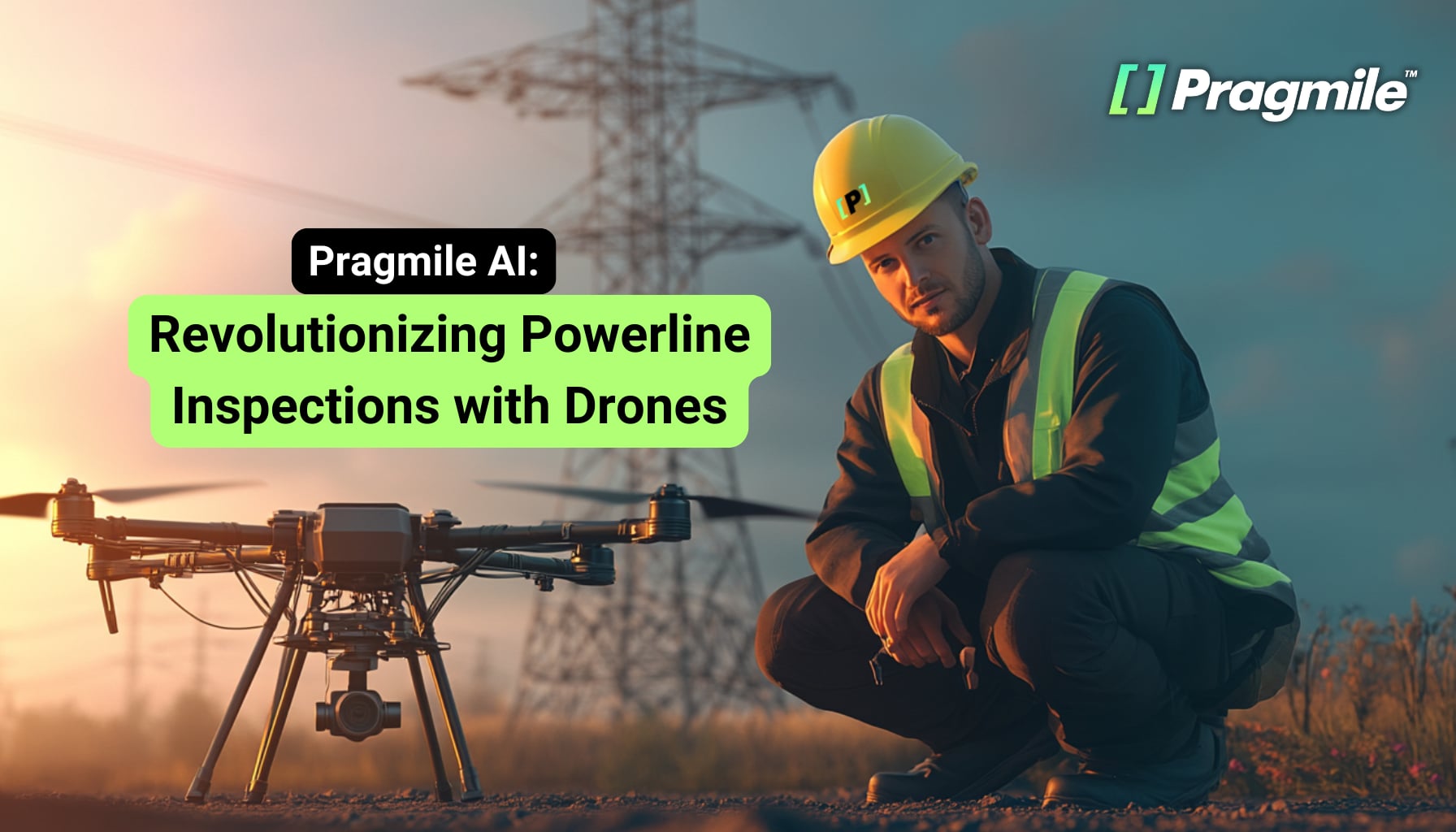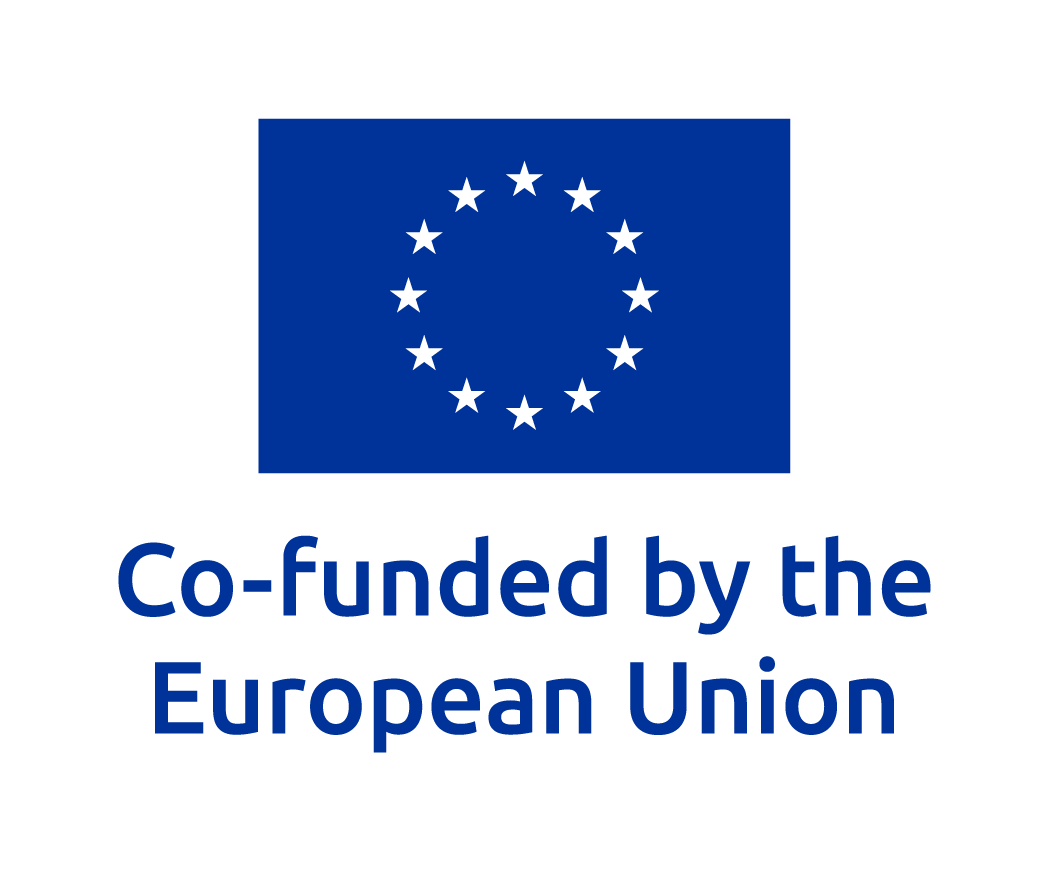
Date published: September 10, 2024
Revolutionizing Power Line Inspections with AI-Powered Drones
Power line inspections play a key role in maintaining the stability, reliability and security of power grids. Conducted using traditional methods, they are laborious, time- consuming and often dangerous and inaccurate. By integrating artificial intelligence (AI) and drone technologies, this process becomes more efficient, accurate and safe. AI- powered drones can quickly cover large areas, detecting and classifying defects that might go unnoticed during traditional inspections and ultimately lead to major failures and power outages.
Types of Traditional Power Line Inspection Methods
Traditional inspection methods are mainly based on visual assessment of the technical condition of the infrastructure, which is carried out by qualified employees, often in difficult terrain and weather conditions.
The most common is the visual inspection, during which inspectors view the lines from the ground using binoculars, cameras or in some cases from the air, using helicopters. If damage is detected, the service team must reach the site of the failure, which often requires access to hard-to-reach areas.
Sometimes inspections are carried out directly on the power lines, using lifting equipment or requiring climbing on poles. In such cases, workers must be close to the wires, potentially exposing them to electric shock.
In some cases, thermal imaging cameras are used, which can detect overheating of infrastructure elements. However, such cameras are usually used from the ground or from a helicopter, which reduces their effectiveness and range.
Limitations of Traditional Power Line Inspection Methods
Traditional power line inspection methods have many limitations that often make them ineffective. The most significant ones include the following:
- Time-Consuming: inspecting a single transmission line can require multiple visits per year, leading to significant delays in identifying problems. In the case of large grids, inspectors can only cover small areas at a time, which extends the process. Lack of continuity in monitoring means that potential defects can develop between inspections, leading to failures before they are detected.
- Costs: hiring a team of inspectors, organizing helicopter flights, and expenses related to documentation and data analysis can be a significant burden on the budget of energy companies. In many cases, these costs outweigh the benefits of the inspections.
- Safety Risks: climbing poles and working in difficult weather conditions expose employees to falls, electric shock, and other dangers. Even aerial inspections can be dangerous if a helicopter must get close to power lines.
- Subjectivity in Assessment: differences in workers’ experience, eye fatigue or concentration levels can lead to the omission of significant damage. Additionally, decisions about inspection priorities can be based on intuition rather than hard data.
- Data Management Issues: collecting data in formats such as photos or handwritten notes can lead to problems with analysis and storage. Information can often be incomplete, lost or damaged, making it difficult to accurately assess the condition of the line. As a result, many potential issues can be missed.
Using AI-Powered Drones for Power Line Inspections
For many years, traditional power line inspection methods were the only available solution. However, with increasing demands for safety and efficiency, many energy companies have begun to see the value in using modern technologies, such as AI-powered drones, which are revolutionizing the way power line inspections are carried out.
Equipped with advanced vision and sensor systems, drones have the ability to autonomously conduct large-scale inspections, eliminating most of the limitations of traditional methods. Their use makes it possible to automate many stages of the inspection.
They can independently traverse line routes, avoiding obstacles, taking photos, and collecting data. This eliminates the need to engage employees in direct contact with the power line, which significantly improves work safety.
In addition, drones can cover much larger areas in a shorter period of time than traditional methods, resulting in increased efficiency – they can conduct a comprehensive inspection in a matter of hours, while providing greater precision.
All of this means that the combination of drone technology and artificial intelligence can significantly reduce the costs of inspecting power lines. It is estimated that this solution can reduce the expenses associated with such inspections by up to 40%.
Types of Data Collected by Drones Inspecting Power Lines
Collecting a variety of data is a key element of effective inspection and comprehensive analysis of the condition of infrastructure. Drones used to inspect power lines are equipped with a range of sensors and cameras that allow them to record a variety of information from multiple sources.
The most important types of data collected by drones include the following:
- RGB Images: drones equipped with RGB cameras record full-color images, allowing for a visual assessment of the condition of the lines and their surroundings. These images can be analyzed for damage such as cracks or deformation, corrosion, as well as other visible defects and the presence of foreign objects.
- Thermal Imaging: thermal cameras can detect differences in temperature, which is especially useful for identifying overheating components such as wires or insulators. Early detection of overload problems or insulation damage can prevent major failures.
- LiDAR Survey Data: LiDAR (Light Detection and Ranging) technology enables precise mapping of terrain and objects located near power lines, as well as creation of three-dimensional models of infrastructure. This allows for precise spatial analysis, detection of pole deformations and assessment of the distance between wires and obstacles (e.g. vegetation).
- Multispectral Data: multispectral cameras record images in many ranges of the electromagnetic spectrum, including near-infrared. They allow monitoring the condition of vegetation around power lines and detect potential threats related to excessive plant growth, which can lead to short circuits or fires.
The Role of Artificial Intelligence in Drone Power Line Inspections
The collected information is processed by advanced AI algorithms that analyze images and data in real time. Artificial intelligence can detect even minor anomalies, classify them according to the level of risk and suggest appropriate corrective actions. For this purpose, solutions such as the following are used:
- Computer Vision Algorithms: these algorithms are trained on hundreds of thousands of images, thanks to which they can recognize various types of defects, such as cracks, corrosion, insulation damage or assembly irregularities. Computer vision allows for automatic recognition of patterns that may be difficult for the human eye to notice, especially in complex and large data sets.
- Machine Learning Models: detected anomalies are analyzed by machine learning (ML) models that have been previously trained on large data sets containing images of different types of defects. These models are able not only to recognize the type of defect, but also to classify it according to the level of risk. For example, they can determine whether visible corrosion is serious and requires immediate intervention, whether it is in its early stages and just needs to be monitored.
- Real-Time Data Processing: AI algorithms analyze data directly during the drone’s flight, enabling immediate detection and reporting of defects. This allows for quick and appropriate intervention, which is especially important in case of sudden defects that can lead to failures.
- Predictive Maintenance: by analyzing historical data on damage, weather conditions, and other factors, the system can predict where issues are more likely to occur. This allows for preventive maintenance to be scheduled, which increases the reliability of the power grid. A proactive approach to maintenance can help avoid costly repairs and downtime, resulting in savings for energy companies.
By integrating different types of data and various advanced methods of working with it, AI-powered drones are able to provide extremely detailed and multi-dimensional analysis of the condition of power lines. This makes them an invaluable tool for utility companies in managing and maintaining modern energy infrastructure.
Pragmile – Experts in Developing Solutions for Defect Identification through the Synergy of Drones and Artificial Intelligence
Pragmile – a technology company specializing in developing cutting-edge solutions based on artificial intelligence – has already contributed to the implementation of significant innovations in the field of inspections in the energy sector. And all thanks to the development of Solar Spy – a SaaS platform for the comprehensive management of solar farms.
A significant part of the software’s success is due to the module for precise inspections of photovoltaic sites using technologically advanced drones powered by artificial intelligence, equipped with a range of sensors and cameras.
Data collected during inspections is shared in real time with the system. AI and ML engines analyze RGB and thermal images to provide a detailed assessment of the power plant’s performance capabilities, down to the cell level. Inspection reports include precise classification and location of failures, and also show the impact on production losses.
Solar Spy is an example of a successful combination of drone technology and artificial intelligence in solar farm inspections. Pragmile, thanks to its experience and innovative approach, has introduced new standards in the inspection and maintenance of photovoltaic systems, contributing to increased energy efficiency and reduced operating costs. This success could be successfully replicated in the field of power line inspection, where similar challenges occur.
The Potential of Advanced AI-Powered Drone Inspections in the Energy Sector
Both solar farm and power line inspections aim to ensure the proper functioning of the infrastructure. The goal is to detect and resolve issues that could lead to reduced performance or power outages. Inspections of both types of infrastructure also involve similar technical challenges.
In both cases, AI-powered drones enable automated inspection processes, significantly reducing the time needed to monitor large areas. They can move quickly over solar panels or along power lines, autonomously collecting data and identifying potential issues.
AI plays a key role in analyzing the information collected on both solar farms and power lines. Artificial intelligence models process images and other sensory data in real time, identifying patterns that may indicate defects and allowing immediate response to failures. AI also enables the classification of issues by priority, recommendation of appropriate corrective actions, and predictive maintenance.
Whether it is solar farms or power lines, AI-powered drones can help improve safety and operational efficiency. They eliminate the need for workers to be physically present at potentially dangerous sites. Process automation and precise data analysis also help manage resources better and reduce maintenance costs.
AI-powered drone inspections of solar farms and power lines are a great example of how modern technologies can revolutionize the maintenance of critical infrastructure. Despite some differences in the specifics of the monitored sites, both solar farms and power lines can benefit from the same advanced solutions that provide greater precision, efficiency and safety in the inspection processes. In both cases, they enable proactive infrastructure management, which results in greater reliability and a lower risk of failures, making them an invaluable support for private companies and utilities operating in the energy industry.
If you would like to learn more about implementing AI-powered drone inspections and explore the opportunities tailored to your business, schedule a completely free consultation with Marcin Jabłonowski – Managing Director and AI Solutions Architect at Pragmile.
Schedule a free consultation with
our AI and technology experts
Take advantage of the latest AI solutions, tailored to your company's needs. Book a consultation with AI solution architects at Pragmile and discover new opportunities in energy management.
Please, provide your business email to schedule a meeting

